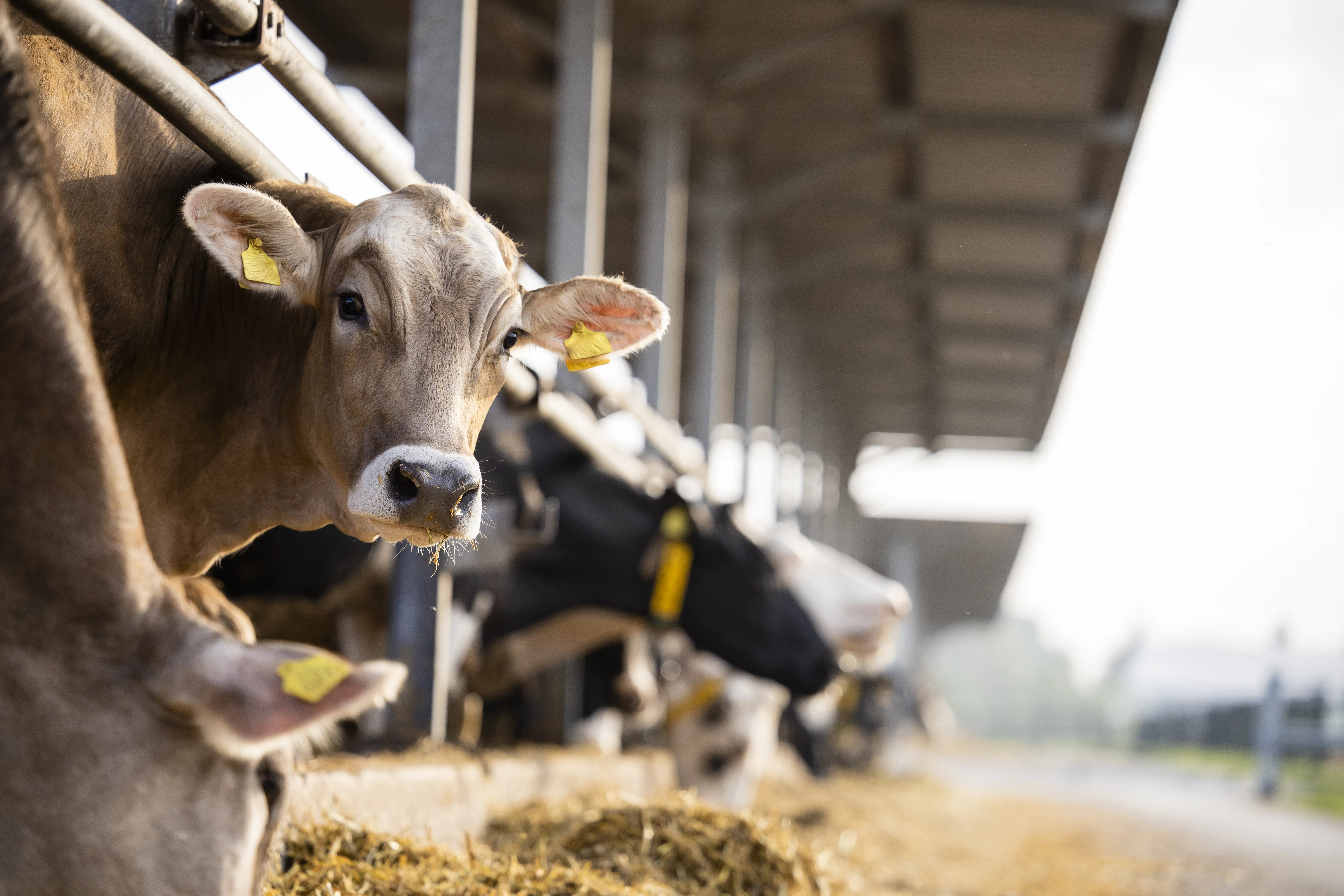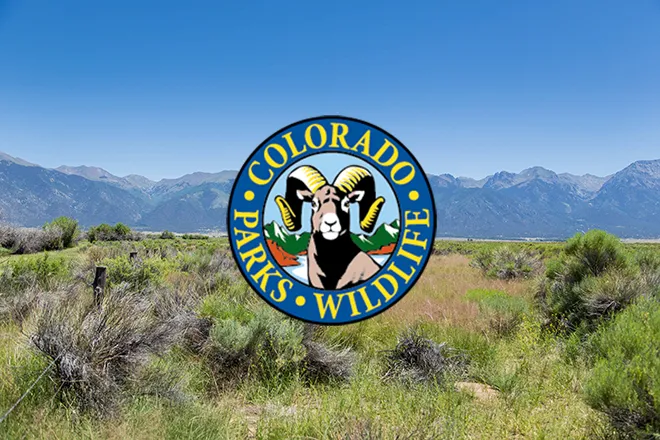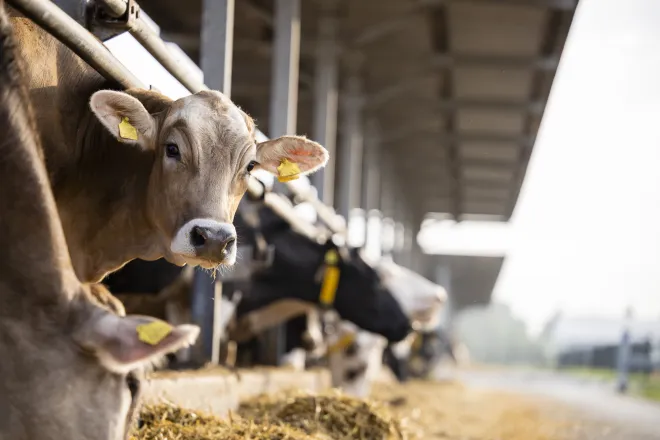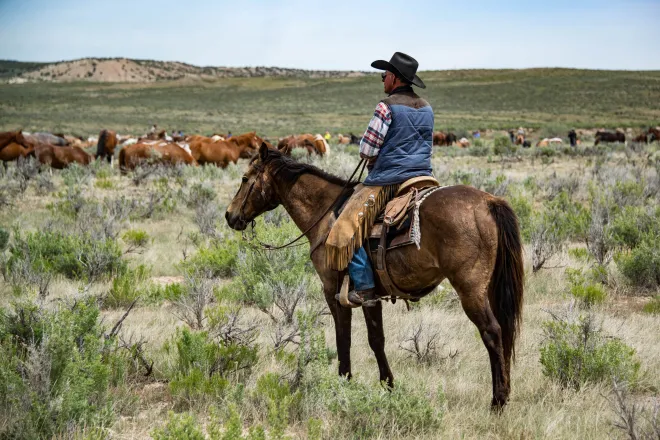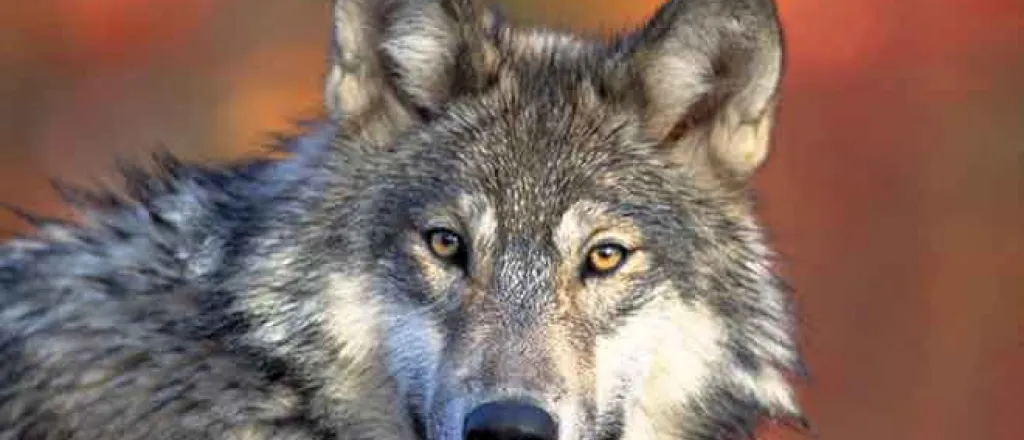
Colorado Parks and Wildlife commission won’t direct agency to remove controversial wolf pack
Colorado Parks and Wildlife commissioners during a special meeting Monday declined to direct the agency to kill or relocate a reintroduced gray wolf pack that has caused controversy in Pitkin County.
Wolves belonging to Copper Creek pack, the first breeding pack to be established as part of the state’s voter-mandated reintroduction program, are believed to have been responsible for a total of several dozen livestock killings, first in Grand County last year, and again following their capture and relocation to Pitkin County in 2025. One member of the pack, wolf 2405, was killed by state wildlife agents in late May, the first such “lethal removal” of a wolf engaged in “chronic depredation” of livestock, as per a new CPW definition.
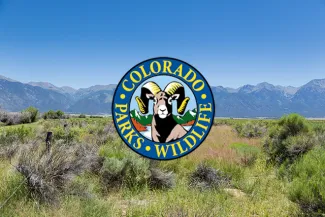
Colorado Parks and Wildlife
Amid the controversy, two of the 11 members of the commission overseeing CPW moved during its June 11 meeting to direct the agency to remove the entire Copper Creek pack, but the motion was ruled out of order and subsequently withdrawn. Commissioners instead scheduled Monday’s two-hour special meeting to discuss the issue further with CPW staff.
After briefings from CPW leaders and wildlife managers, commissioners opted not to move forward with any specific direction to the agency, which Jay Tutchton, a Bent County conservationist and the committee’s vice chair, argued would set an “arbitrary” and “unworkable” precedent.
“This is not our job, to engage at this retail level,” he said.
“I’m quite sure in the last few months, we’ve had a moose that drop-kicked a human being, or a bear or a lion that killed livestock, and we don’t engage in those specific decisions,” Tutchton added. “We just delegate them to the agency to do what they think is best in those circumstances — because they’re the experts, they’re there, they’ve got the time, and they have the facts. And I don’t see how this situation is any different.”
Colorado voters in 2020 narrowly approved a ballot measure mandating the reintroduction of gray wolves to the state in the name of restoring ecological balance. A reintroduction plan subsequently approved by CPW commissioners called for annual releases of 10 to 15 wolves for three to five years beginning in 2023. The agency’s efforts have been persistently opposed by Colorado cattle producers, who unsuccessfully petitionedthe agency to pause the program after one year of releases.
After two winter release windows that relocated a total of 25 wolves to the state from Oregon and British Columbia, Colorado’s reintroduction program is in a precarious position, with the population’s survival rate falling below a critical threshold following the confirmed deaths of at least eight relocated wolves. The agency said last month that it plans to review its “translocation protocols,” but not until causes of death for the animals are determined by the U.S. Fish and Wildlife Service.
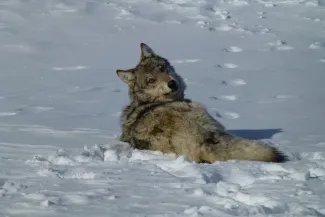
USFWS - public domain
Meanwhile, state lawmakers, including several powerful Democrats representing rural areas where reintroductions have taken place, put renewed pressure on CPW leadership in a hearing last week to consider a pause, rather than moving forward with a third year of relocations.
The Copper Creek pack currently consists of a breeding pair, three yearlings and an unknown number of pups born in 2025. One or more members of the pack killed livestock at three Pitkin County cattle ranches in May. Following the lethal removal of wolf 2405 and a variety of nonlethal measures taken by CPW, including the deployment of “range riders” to guard livestock, no further depredations have occurred. But Garrett Watson, CPW’s northwest deputy regional manager, told commissioners the situation is “more nuanced than that,” with ranchers and range riders forced into a grueling effort to manage conflicts as cattle move into their expansive summer pastures.
“Instead of looking on a 100-acre pasture, now we’re looking at several thousands of acres, tens of thousands of acres, where these animals are distributed across there,” added Matt Yamashita, CPW’s northwest area wildlife manager. “It’s increasingly difficult to monitor and keep eyes on all these animals at all times.”
Tai Jacober, a Carbondale rancher and the CPW commissioner who introduced last month’s motion to order the pack’s removal, reported during Monday’s meeting that when the range riders took a night off over the holiday weekend, at least one cattle herd was “scattered throughout the valley” as conflicts immediately resumed.
“The staff does an incredible job, and I know they’re monitoring and trying to monitor it within the guidelines that have been put forth,” Jacober said. “But it seems clear that when you have such behavior, and a pack that’s causing such harm — to our time, to people’s livelihoods, to the efforts — we need to make a decision.”





